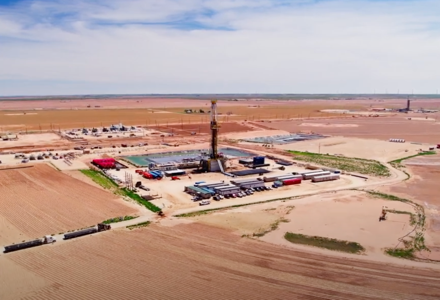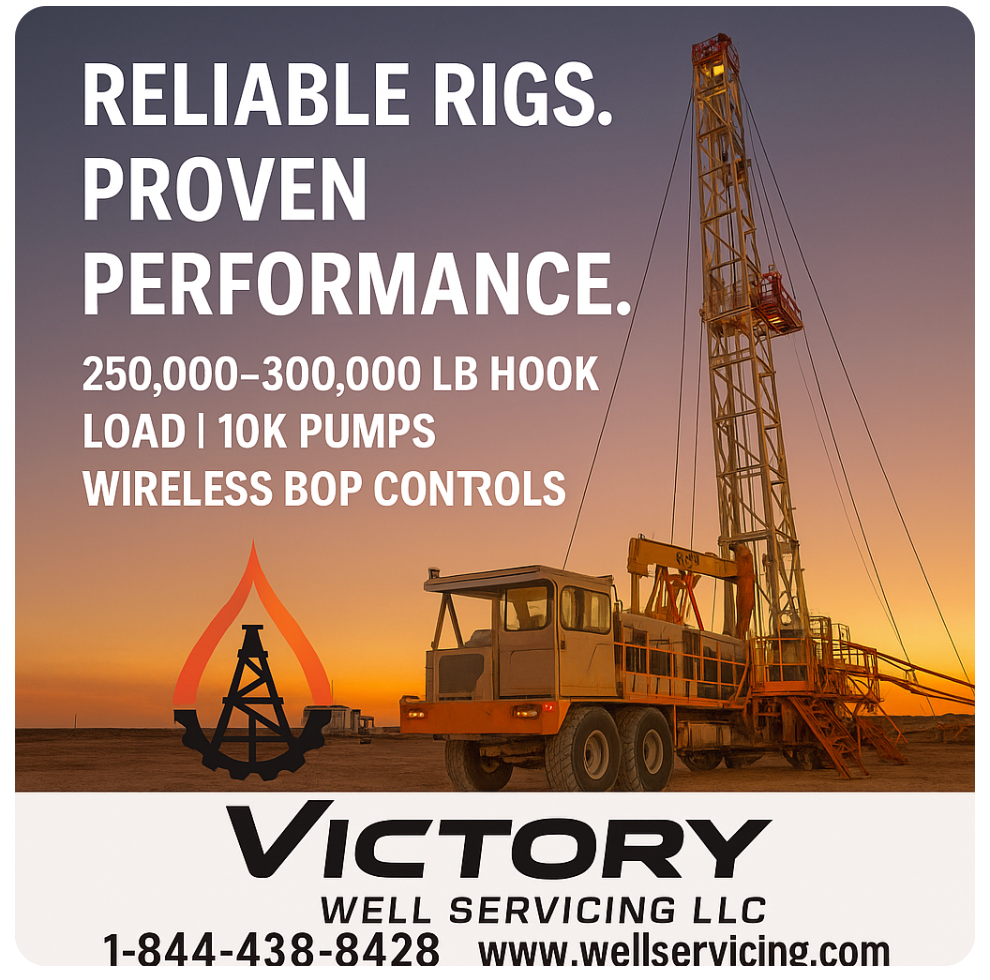In today’s oil and gas industry, drilling efficiency, wellbore placement accuracy, and equipment longevity are critical drivers of profitability. One of the most significant technological shifts helping operators achieve these goals is the adoption of high-frequency sensing or control in drilling operations.
Oil & Gas Drilling Engineer Account Directory – $25
include: Contact Name, Email, Phone, Location….
This new wave of downhole and surface instrumentation goes beyond traditional measurement-while-drilling (MWD) and logging-while-drilling (LWD) data collection, delivering real-time, high-resolution insights into drilling dynamics, formation characteristics, and equipment performance.
What is High-Frequency Sensing or Control?
High-frequency sensing refers to the rapid, high-resolution sampling of drilling data—sometimes thousands of times per second—directly from the drill bit, bottomhole assembly (BHA), or rig-side systems. When paired with high-frequency control systems, this data can be acted on immediately to adjust drilling parameters, mitigate vibrations, and enhance wellbore quality.
The goal is simple but powerful:
- Capture detailed, “high-fidelity” signals that reveal subtle changes in rock mechanics, drillstring behavior, and borehole conditions.
- Enable faster, data-driven decisions that prevent non-productive time (NPT) and reduce costs.
Case Study: EOG’s “HiFi” Platform
In its Q2 2025 earnings call, EOG Resources highlighted the rapid deployment of its High-Frequency Drilling Sensors (“HiFi” Platform)—a technology born from intellectual property the company acquired at the end of 2024, including software and patents, then adapted in-house to lower costs.
Functionality:
- Captures & processes subsurface data while drilling.
- Calculates geomechanical rock properties.
- Identifies faults, fractures, and local stresses.
- Monitors downhole equipment performance to reduce downtime.
- Improves completion designs through fracture identification, maximizing frac efficiency in the target zone.
Impact in 2025:
- Over 50 wells drilled with HiFi-enabled technology.
- Low implementation cost per well.
- Planned expansion across EOG’s portfolio.
Benefits:
- Better well targeting.
- Faster drilling speeds.
- Reduced operational risks.
- Optimized completions for higher returns.
This is a clear example of how high-frequency sensing is moving from concept to field-proven impact, directly improving operational performance and capital efficiency.
Other Applications in the Field
- At-Bit Imaging and Formation Evaluation
Systems like SLB’s Retina™ integrate high-frequency force sensors directly into the bit, generating high-resolution borehole images in real time, revealing fractures, bedding planes, and formation textures. - Vibration and Stick-Slip Mitigation
Tools such as Baker Hughes’ GuardVibe actively dampen high-frequency torsional oscillations, protecting expensive downhole equipment and maintaining drilling efficiency. - Surface-Side High-Speed Data Acquisition
Rig instrumentation platforms can sample analog and digital sensor data at rates exceeding 200 kHz, enabling deep analysis of torque, weight-on-bit, and pump pressure patterns. - Real-Time Automation and Control Loops
Combining high-frequency data with AI-driven control systems allows autonomous optimization of weight-on-bit, rotary speed, and mud parameters.
Who Uses High-Frequency Sensing and Control at an Operator?
Primary Users:
- Drilling Engineers – Optimize parameters in real time, reducing NPT and improving ROP.
- Directional Drillers – Use at-bit data for precise geosteering and early detection of formation changes.
- Geomechanics Engineers – Analyze rock properties, faults, and stresses to guide wellbore stability and casing design.
- Real-Time Operations Center (RTOC) Analysts – Monitor sensor feeds from multiple rigs and intervene when anomalies are detected.
- Completions Engineers – Apply fracture mapping and stress data to optimize stage spacing and completion designs.
Secondary Users:
- Asset Development Managers – Leverage insights to refine field development planning.
- Maintenance & Reliability Engineers – Use performance data to predict and prevent downhole tool failures.
- Data Scientists – Integrate high-frequency datasets into AI models for predictive drilling and autonomous systems.
Why It Matters
- Reduced Drilling Costs – High-frequency insights help drill faster with fewer unplanned trips.
- Improved Well Placement – Real-time imaging and geomechanical analysis enhance geosteering accuracy.
- Extended Equipment Life – Controlling damaging vibrations lowers wear on bits and BHAs.
- Enhanced Safety – Early detection of downhole problems reduces risk.
Looking Ahead
As digital oilfield technology continues to evolve, the integration of high-frequency sensing or control in drilling operations will become standard practice. EOG’s HiFi Platform is a clear indicator of where the industry is heading: highly instrumented, data-rich drilling environments where milliseconds matter.
From offshore ultra-deepwater projects to unconventional shale plays, the message is clear:
High-fidelity data isn’t just nice to have—it’s becoming the backbone of competitive drilling strategies.



